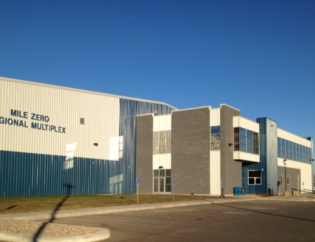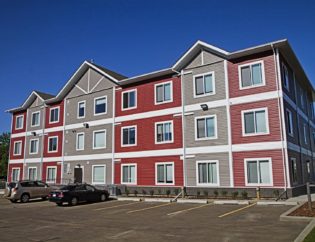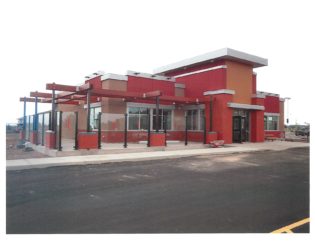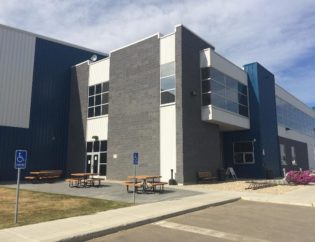
With over sixty speakers—the vanguard of our industry—some of the topics discussed included:
- Implementing Modular Construction—Guidelines on Getting Started
- Factors Affecting the Life Cycle Performance of Modular Off-site Construction: The WET Model
- Simplifying Certification within the Modular Construction Industry
- BIM – The Myth Explained
- Build More for Less: A True Modular Systems Approach
In all, over twenty-five topics were reviewed in effort to disseminate research and experience regarding modular and off-site construction as a viable construction alternative, moving toward the goal of its implementation worldwide.
Each of the two days began with a hearty breakfast at 7:00 a.m., followed by three keynote speakers. From 9:00 until 11:00 there were several speakers from which to choose, scattered about the Learning Centre. A two hour break for lunch featured keynote presenters both days. And in the Cormode & Dickson traditional way of generosity and support, lunch was a bit tastier as C&D took the opportunity to serve as a $5000 event lunch sponsor!
Summit attendees didn’t just sit around all day scribbling notes! There were five workshops over the two day period in which to participate. The workshops addressed things such as:
- Overcoming Barriers Preventing the Adaptation of Industrialized (Modular or Off-site) Construction Technology in Public Sector Projects
- Importance of Collaboration in Construction
And if this wasn’t enough, the Summit also included six tracks covering topics such as BIM, Lean Production and Wood. Finally, for all those who as a kid loved field trips, this is for you! On Wednesday, May 7th, during the pre-Summit day (who knew?), there were walking tours of three modular manufacturing factories to amaze and dazzle you!
Cormode & Dickson Vice President of Operations, Randy Ludwar, shared his vast knowledge at this year’s MOC Summit during a presentation entitled, On-site Installation and Management of Modular Construction Projects – A General Contractor’s Perspective. Randy spoke his thoughts on the importance of the Summit: “We know the benefits of Off-site Construction—increased productivity, reduced time and cost of construction, healthier more predictable environments for workers and decreased environmental footprint. Anytime we are able to come together and discuss best practices, what we have learned, what we can bring forward and what goes well and why, we are strengthening our business, and this allows us to ultimately provide better service to our customers.”
Also in attendance was Aladdin Alwisy. Aladdin is Cormode & Dickson’s Pre-construction Project Manager. But wait…there’s more…he is also a PhD student with Dr. Mohamed Al-Hussein at the University of Alberta. This is quite an honor for several reasons. Dr. Mohamed Al-Hussein is the NSERC Industrial Research Chair in the Industrialization of Building Construction at the U of A. And Cormode & Dickson, in acknowledgment of the extreme importance of the work being done to bring together expertise in the field of Modular Construction, proudly sponsor the NSERC chair. Yet the plot thickens! The esteemed Dr. Al-Hussein was instrumental in organizing and creating the very first MOC Summit in 2012, held at the Shaw Conference Centre in Edmonton. It is to him we owe the efforts of this year’s Summit as well.
Aladdin sums up the importance of gatherings such as the MOC with this quote:
“Summits like the MOC are important as we share our knowledge and experience in a forum that is looking forward. Many times the same problem is faced in several companies and tackled in different ways, meeting different levels of success. Having a common place where issues can be discussed eliminates duplication of effort and time.”









